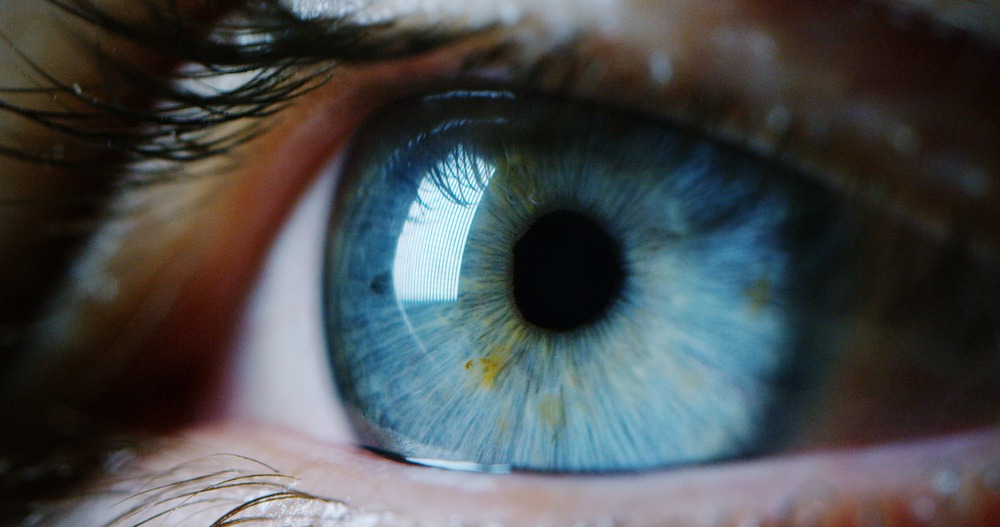The retinal camera allows doctors to view concerned patient's retinas to gain early insight into risk factors for a range of diseases

The creator of the camera says it can help detect numerous disease risk factors (Credit: Shutterstock/HQuality)
A newly-announced retinal camera could allow doctors to monitor patients at risk of vision-related diseases remotely, using telehealth to bridge the gap during Covid-19.
Created by RetinalGeniX, the RetinalCam could allow high-risk individuals to transmit digital images and streaming video to their doctor, easily from their home, meaning those shielding themselves because they’re at high risk if they catch the SARS-CoV-2 virus can still notify their doctors of health concerns.
The company claimed its patented device is “affordable” and that it will be the first of its kind to enter the market.
Jerry Katzman, MD, Chairman, President and CEO of RetinalGeniX said: “Many patients can learn to shift and share responsibility for their healthcare, be aware of their own bodies and provide real-time data for their health care providers when needed.
“The era of telehealth has arrived, just in time for those who need it the most.”
Designed and developed in Petaluma, California, the RetinalCam Home Monitoring and Physician Alert System will be manufactured in the US by medical device manufacturing firm ADM Tronics.
What risks could the retinal camera help detect?
According to Katzman, regular central retina monitoring using its technology will be “extremely valuable” for individuals at risk of numerous systemic diseases.
Risk factors include: obesity, early signs of diabetes, cardiovascular disorders, macular degeneration, neurological disorders, ocular tumours, physical disabilities, Covid-19 and weakened immune systems.
He added that the system will allow seniors living in less populated, distant areas to have the regular eye and health care that is easier for others to obtain.
As telehealth has been validated and incorporated into medical practice worldwide, home monitoring by the patient directly has become a new direction in both vision care and healthcare.
It allows the patient to notify the doctor when any real-time central visual change occurs.
This is in contrast to the patient making an appointment weeks after a sight-changing event has occurred and where intervention becomes too late.
Katzman claimed this new patient home monitoring alert technology and data transmission from the patient to the doctor in real-time can now directly prevent loss of vision and or blindness especially in high risk patients where timing may be critical.
